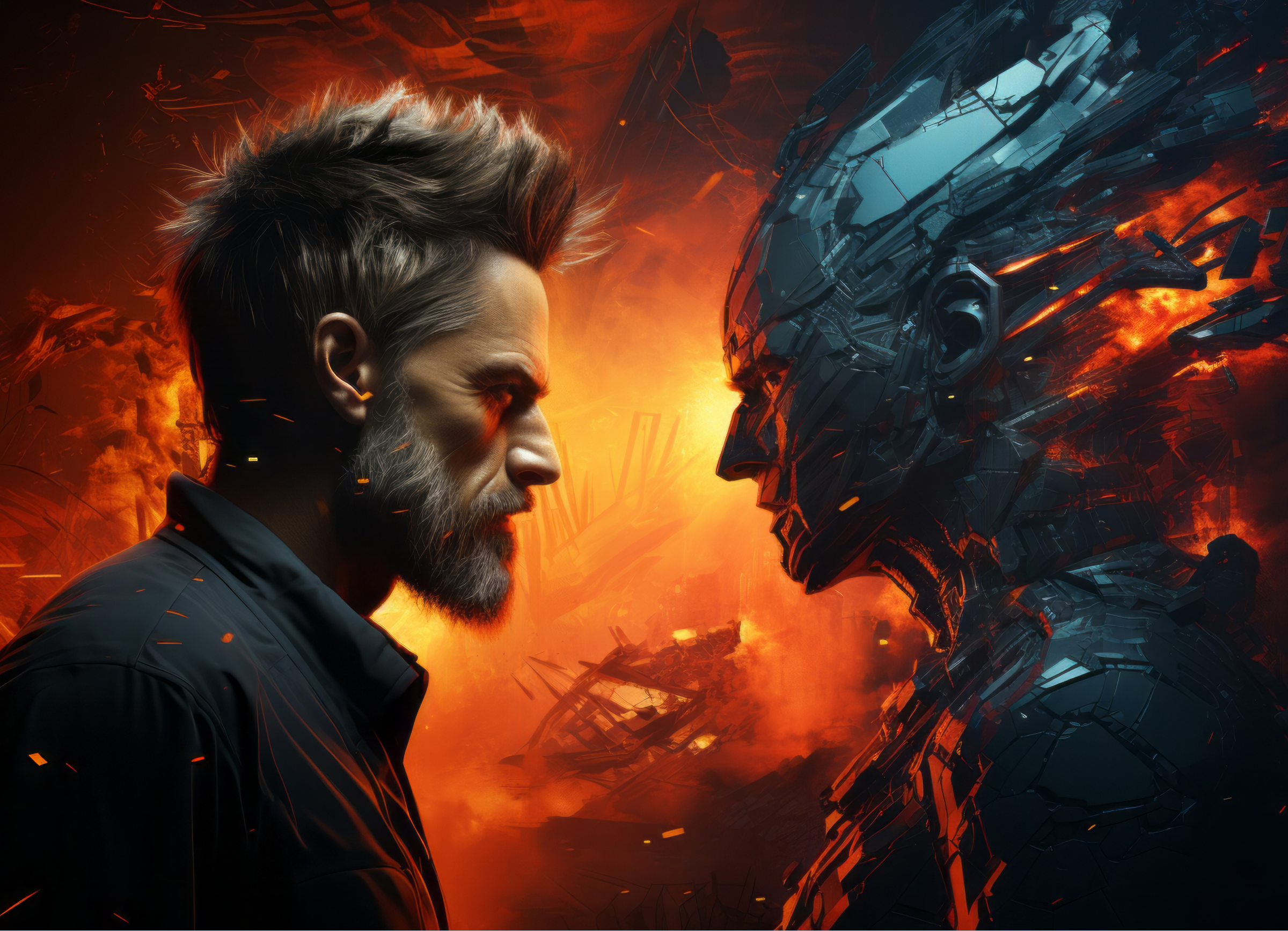
Blockchain Technology – What is It?
Blockchain has been termed by many as one of the most ingenious tech inventions in the world today. The idea of storing information across a community of users has picked up ever since the anonymous Satoshi Nakamoto first introduced it in 2009. Blockchain holds the potential to create new ways of managing social and economic systems worldwide. However, the adaptation from traditional information systems to this new invention has been a slow and steady one, as is with most technologies. Many are still unfamiliar with its concept and the working principles behind it, and that necessitates the need to break it down.
Blockchain technology is, in essence, a distributed electronic ledger. Its technology has similarity with a relational database, where multiple users can read and write information onto the ledger in a data record known as a “block”. Being a technology that is shared among many users, blockchain only allows the creation of new records by consensus, either of all parties involved or a selected group of individuals. The records created are time-stamped and linked to the previous blocks, making them public and verifiable.
What do Blockchains Do?
Blockchain technology now exists in hundreds. While there are a few established blockchains, it is estimated that over two hundred companies are working on newer and hopefully better versions of it. Being an information storage mechanism, blockchains are used to store data in a decentralized technique, eliminating the need for administrators. In a blockchain, the users are their own administrators. This decentralization is essential too because it wades off common security risks prevalent on the World Wide Web. By distributing information to thousands of users, information becomes secure because it is virtually impossible to collect all the different blocks and put them together to form meaningful data.
The Technical Part
Blockchains function using the same principles of a peer-to-peer network. Each block represents a transaction from a collection of many transactions. Blockchains utilize cryptographic hashing to link one block to the next. Once a block has been created, a unique serial number for that block is created. This code is written in the header of the block and it ensures that the block to be created next will be linked to the previous one. The newly created block contains a unique code of its own, which links it to another block forming a chain of blocks, or a blockchain.
Importance of Decentralization
Among the key reasons why blockchains have been on the rise is the concept of decentralizing data. When data is stored in one location, it becomes vulnerable because once a hacker gets past the security measures in that one system, they have access to everything. Storage of data across thousands of users means that a hacker would have to get through every one of the nodes in the network to attain the information within the network. It could take years to get through every user in the network, not to mention the computing power that is needed to achieve this. Blockchains are virtually incorruptible storage techniques.
ADVANTAGES OF BLOCKCHAINS
Transparency
Blockchain networks are considered self-auditing systems. The fact that every transaction requires the consensus of every node within the network to be carried out means that blockchains offer a high degree of transparency. Not one transaction takes place without the knowledge and consent of all parties involved. By definition, blockchains offer a means to store data in both a public and secure way.
Cost Cutting
Technology and technological inventions today are expected to be designed with a view to cut costs on a day to day tasks and processes. Blockchain networks achieve this through the distributed network system that ironically forms the core of its function. By having one copy of information distributed across many nodes, blockchains help organizations and individuals to cut storage costs. There is no longer need to invest in a lot of storage space because the information is stored in blocks of data across multiple nodes. Administration costs can also be done away with because each node has administrative rights and functions.
WHERE ARE BLOCKCHAINS USED?
Cryptocurrency
Perhaps the most prevalent use of blockchains exists in the world of cryptocurrency. Large organizations such as Bitcoin and Ethereum have implemented the blockchain technology to allow its users to read, write and hold a copy of the information within its system. These companies usually govern its members through a set of rules but do not implement a third-party administrator to it. In the case of Bitcoin, for example, the system uses incentives to govern how members buy and sell bitcoins. The transactions are harmonized every ten minutes and stored in a new block, accessible to other members of Bitcoin.
Crucial Documents
Blockchains are also useful when it comes to the storage of various important documents. Land titles, for example, require being stored in a public domain where every individual is able to access information on owners of the land. Paper records and other forms of storage leave this data susceptible to tampering and forgery which may lead to huge losses for individuals and companies alike. With blockchain storage, the data is securely stored within multiple distributed storage facilities, with no single node having the capability to alter the documents without knowledge of the others. Blockchains ensure that important documents that may contain assets or the identity of an individual are not only kept safe but are also known and made public to everyone within the network.


